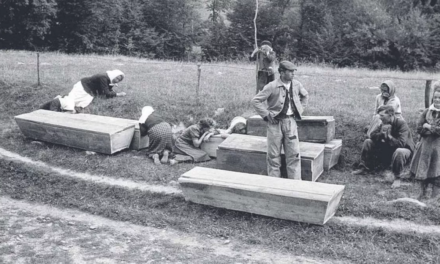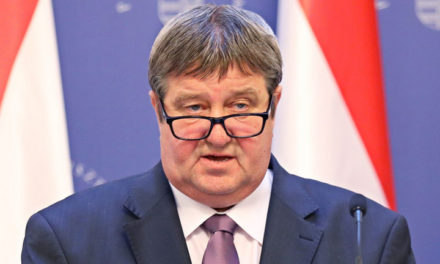In the next seven years, the government will provide HUF 1,800 billion for the realization of the regions' own development ideas, the TOP Plusz program, which has just been launched, will provide less developed regions and settlements with even greater opportunities than before, said the Minister of Finance at the signing of the strategic partnership agreement with the National Association of County Municipalities on Tuesday In Budapest.
Mihály Varga drew attention to the fact that the first calls for tenders totaling more than HUF 636 billion have already been published. These support the development of roads 4 and 5, the infrastructure development of settlements, sustainable urban development, the energetic modernization of municipal buildings and the establishment of employment-economic development cooperation. He added: the call for support for the establishment, development and purchase of equipment for nursery schools will be available on Tuesday.
The success of TOP Plusz's projects depends to a large extent on local knowledge and close contact with local economic actors, and in the seven-year development period that is now starting, they count to the maximum on the strategic partnership, knowledge and active cooperation of the National Association of County Municipalities, said the Minister of Finance.
Mihály Varga emphasized that at least 65 percent of the funds will go to the four Hungarian regions in need of greater development, and within the counties there will be an opportunity at the district and regional level to ensure that the development funds reach where they are most needed.
"The bourgeois side has consistently maintained for more than two decades that there is no strong Hungarian economy without a strong rural economy," said the minister.
As he said, innovation and development cannot be the prerogative of big cities. Rural investments contribute to the economy as a whole with multiple positive returns, because in addition to revitalizing the local economy, they improve the quality of life, create jobs and provide opportunities for further intellectual and economic capacity building. In the long term, this is the basis for eliminating differences between regions, he explained.
He recalled that in the previous seven-year period, the government supported the development of Hungarian settlements with HUF 1,500 billion through the Territorial and Settlement Development Operational Program. The participating 18 counties and 22 cities with county status could implement their own programs.
Thanks to this, almost 7,000 hectares of industrial land were created or renewed, more than 14,000 nursery places were created or their quality increased, more than 2,200 basic health care services were renewed, nearly 60,000 people received training and wage support, and 800 kilometers of public roads were renewed. , 1,500 kilometers of bicycle routes were built and more than 2,000 kilometers of drainage systems make the operation of the settlements safer, explained the finance minister.
Mihály Varga put it this way: a year ago, even the most optimistic did not hope that the Hungarian economy would return to the growth path before the coronavirus epidemic so quickly, and the series of crisis management measures taken by the government in 2020-21 contributed significantly to this. Hungary is among the ten European Union countries that have already reached their 2019 year-end emissions level, he indicated.
He drew attention to the fact that significantly more resources are available than in the previous seven-year cycle. He mentioned as a priority goal that they will be able to call on the resources in their entirety.
Source: MH
Featured image: portfolio.hu












